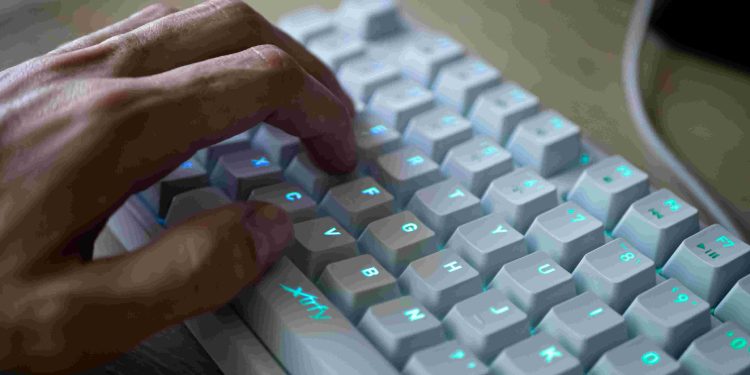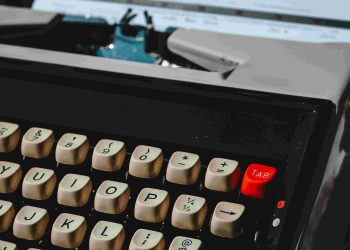Improving Creative Scoring Techniques
Creativity has often been viewed as an elusive, intangible force—but what if we were measuring it all wrong?
In a world driven by innovation and progress, the ability to evaluate and nurture creativity might hold the key to solving our most complex problems. As someone who once struggled to reconcile artistic freedom with rigid evaluation systems, I’ve come to realize that creativity scoring techniques need a radical overhaul.

From Anecdote to Action
Several years ago, during a professional workshop, I was part of a team tasked to evaluate submissions for a creative competition. Instead of cultivating innovation, the scoring system crushed it. Criteria like “originality” and “impact” were reduced to numerical values without consideration for the broader implications of the ideas presented. One submission—a concept that married ecology with local entrepreneurship—was dismissed because it fell outside the standard rubric.
This moment stuck with me. It highlighted the shortcomings of traditional evaluation systems, which often prioritize compliance over ingenuity, and measure the measurable at the expense of the profound. This experience urged me to question: What if our methods of scoring creativity suppress the very ideas that could change the world?
Reframing Creativity: Lessons from Philosophy and Psychology
To reinvent creative scoring, we must revisit its philosophical roots. Creativity, at its core, is a blend of novelty and meaningfulness—qualities often reflected in constructs like Maslow’s hierarchy of needs or even Aristotle’s notion of “eudaimonia” (flourishing). Drawing from psychology, we see models such as Guilford’s divergent thinking, which prioritize the ability to generate multiple solutions rather than a singular “correct” answer.
Building interdisciplinary bridges further expands our understanding. For instance, in technology, creative algorithms evolve by balancing randomness with structured logic—a metaphor applicable to human ingenuity. In business, “disruptive innovation” often arises from unconventional thinking, challenging norms and risking failure.
Challenging Conventional Wisdom
Traditional systems favor reproducibility and measurable outputs, but creativity thrives on ambiguity and exploration. Why has society insisted on the quantification of something so inherently unquantifiable? Popular scoring mechanisms often value past achievements over future potential, ignoring emerging trends in fields like artificial intelligence or environmental sustainability.
Consider this: Leonardo da Vinci’s notebooks might have scored poorly under conventional rubrics focused on completion, yet they became foundational works of scientific and artistic inquiry. Isn’t it time we valued unfinished brilliance as much as polished perfection?
Predicting the Future of Creative Evaluation
As industries evolve, creative scoring techniques must adapt. In the digital age, AI algorithms already assess visual arts, music, and storytelling based on user engagement and projected impact. However, this reliance on predefined metrics risks overlooking future trends, such as creativity’s role in building sustainable economies and fostering human-centered innovation.
Furthermore, the blending of psychology, neuroscience, and education presents exciting opportunities to measure creativity in more holistic ways. For example, neuroscientific advances in measuring brain activity during ideation could redefine our understanding of innovation—a method that values process over product.
Practical Steps: Towards a Better Scoring System
For educators, businesses, and institutions looking to improve their scoring methods, the following strategies offer a starting point:
-
Cultivate Context:
Build evaluation systems that account for cultural, societal, and temporal relevance. -
Focus on Process:
Reward the journey of creative thinking rather than just the outcome. Ask questions like: “What challenges were addressed?” or “How did this idea evolve?” -
Incorporate Subjectivity:
Include qualitative measures that allow evaluators to express nuanced opinions and excitement over groundbreaking ideas. -
Embrace Interdisciplinary Analysis:
Recruit evaluators from diverse backgrounds—artists, scientists, philosophers—to offer fresh perspectives. -
Reassess Regularly:
Update benchmarks informed by emerging trends like climate change solutions or ethical AI development.
A Call to Action
If there’s one lesson I’ve learned, it’s this: We must relentlessly nurture creativity. Not to achieve higher scores, but to solve bigger problems, imagine better futures, and inspire deeper connections. The question isn’t whether creativity matters; it’s how we foster and measure it wisely.
Take a moment to reconsider how you evaluate creativity—whether in your workplace, school, or personal projects. Share your insights with those around you. By challenging norms and embracing the perplexities of innovation, you too can help redefine how we measure brilliance.










